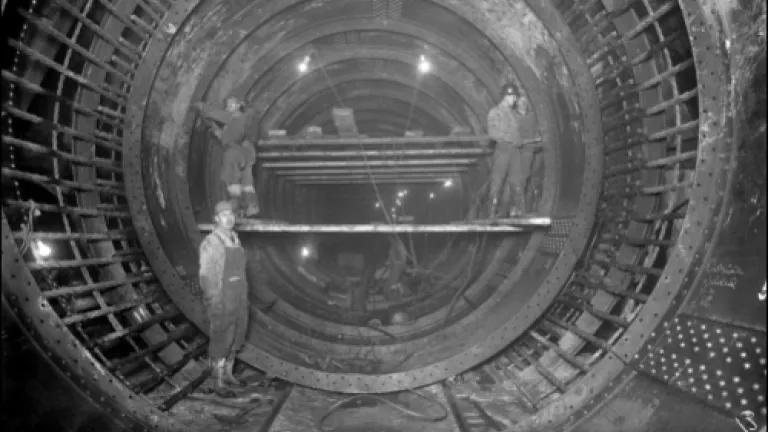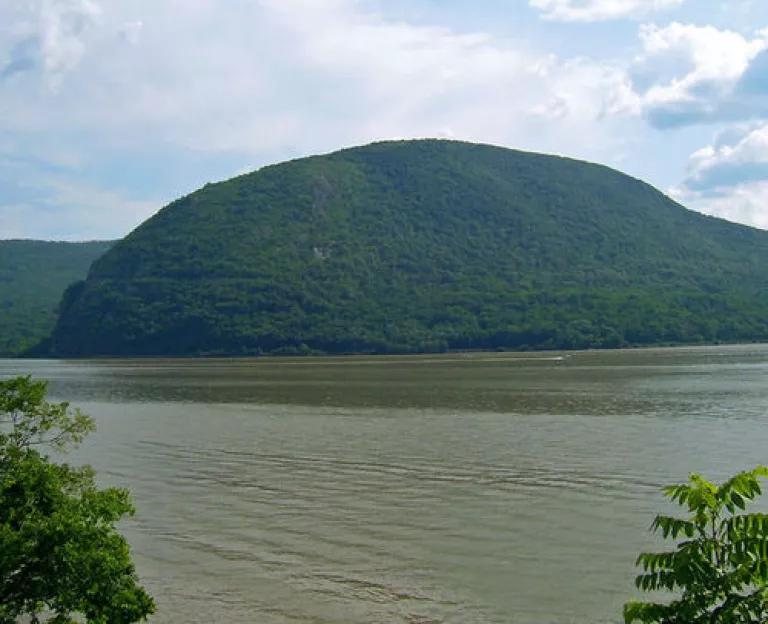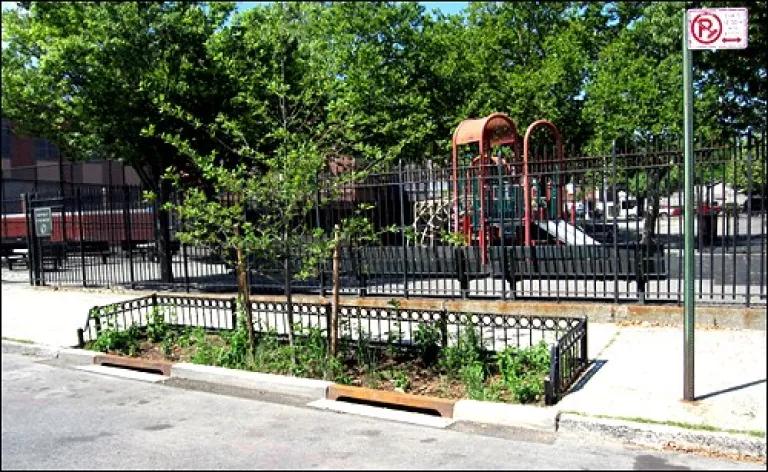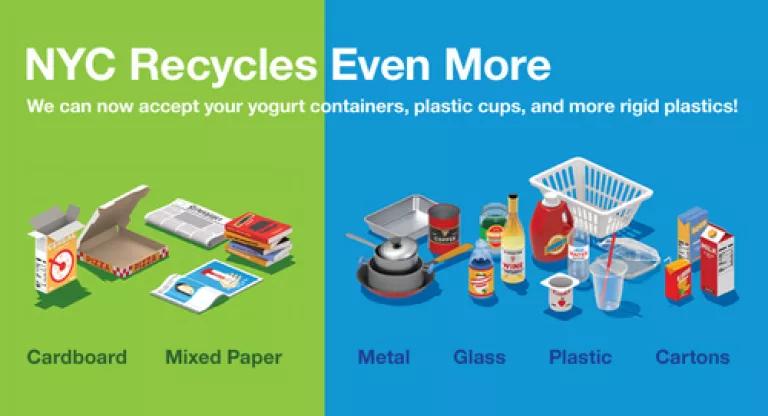
I’ve been privileged to work on behalf of New York’s environment for decades, both in government and in my work with NRDC. I was recently asked to assess, a year in the wake of Superstorm Sandy, how we’re doing in terms of building a more sustainable, resilient region.
The New York metropolitan region, with its dense population, extensive demands for energy, water and other resources, and pressure to cope with, and reduce, vast waste streams, is in many ways the epicenter of the American environmental challenge. But for nearly 100 years, this place has also been a hub of environmental innovation. And it continues to be so today, not only in efforts to combat climate change (which I wrote about yesterday), but in addressing sustainability and reducing waste.
The fact is, New York was green long before green was cool. New York City’s gravity-driven water supply system, still the envy of cities around the world, was begun in 1842, and it still delivers—largely without filtration--some of the best drinking water in the country.
When New York’s landfills were built early in the 20th century, they were the most modern in the world and engineers came from all over to study them. (We have since learned, of course, that there are better trash disposal alternatives, like recycling, composting and waste prevention.)
New York is home to Jamaica Bay Wildlife Refuge, the country’s only wildlife refuge accessible by subway, and an important stopover for hundreds of thousands of birds migrating along the Atlantic Flyway.
One of the first real cases of environmental law began here, more than 40 years ago, when a group of New York lawyers filed suit to stop Con Edison from building a power plant on Storm King Mountain in the Hudson Highlands. (This case was also the spark that founded NRDC.)

Stom King Mountain (Credit:Daniel Case, through Wikimedia)
New York’s high density and vast public transit system mean it has also long been highly energy efficient—the average New Yorker’s carbon footprint is a third of the average U.S. resident’s.
This is a noteworthy environmental record. But perhaps more importantly, this region is still innovating, and continues to implement some of the most efficient, waste-cutting technologies around, in efforts to reduce pollution and build a more resilient environment.
Since the 1990s, New York City has spent an estimated $1.5 billion on land purchases and local sewer system upgrades to protect the upstate watershed that is the backbone of its marvelous drinking water system. This investment has not only enhanced the environment and protected the water supply, it has saved money, namely the $10 billion to $15 billion that would have been needed to build giant filtration plants, as well as the hundred million dollars it would cost to operate them each year.
The latest state and city plans to combat stormwater pollution represent some of the most innovative thinking in water management today. In the city, just a tenth of an inch of rainfall can trigger the discharge of sewage, mixed with polluted water washing off from streets and rooftops, into the rivers and bays. Much of this pollution ends up on beaches: The NRDC’s annual Testing the Waters report showed that in New York and New Jersey in 2012 there were nearly 2,000 days of beach closings or health advisories, with storm water or sewage identified as a cause the vast majority of the time.
New York State has adopted storm water standards for new development and redevelopment projects, which promote the use of “green infrastructure”—such items as strategically located street plantings, porous pavements, and green roofs—to capture and utilize storm water before it reaches overburdened sewer systems. In January 2012, a court ruled that the state must more vigorously exercise its oversight authority to ensure municipalities reduce polluted runoff.

This street planting near a Brooklyn playground is part of the city's green infrastructure pilot program.
New York City last year committed more than $1 billion to transform paved spaces—along roadways, sidewalks, and schoolyards, for example—with green infrastructure to reduce sewage overflows. This represents a dramatic shift in thinking. Instead of viewing storm water as waste, New York is turning it into a resource. Nearly 800 older cities around the country have similar combined sewers. If the largest city in the U.S. can tackle its chronic water pollution problems with green infrastructure, others can, too.
Improving sustainability means reducing waste, in all its forms. And the largest single portion of residential waste, accounting for more than 20 percent of municipal trash, in New York City and nationally, is food. Disposing of it in the usual way—that is, trucking it to landfills and incinerators—has adverse impacts on our air, water and land. New York is undertaking three demonstration projects to collect food waste from single-family residences, school lunchrooms, and high-rise apartments. If successful, this program, using the waste for compost or energy generation, has a huge potential to save taxpayer dollars and reduce global warming emissions.
Success is not guaranteed. Witness New York City’s under-performing conventional recycling effort. Hailed as the most ambitious in the nation when it was launched nearly 25 years ago, the city’s program to collect and reduce the use of paper, plastic and glass struggled in recent years. But Mayor Bloomberg moved this year to close the gap in his sustainability record with aggressive new policies to be overseen by a recycling czar, the first-ever Deputy Sanitation Commissioner for Recycling and Sustainability. In one early step, the city has just launched the biggest expansion of its recycling program in more than two decades by designating all “rigid plastics” recyclable.

This region has traditionally taken a forward-looking approach to sustainability, and has taken important and innovative steps to reduce waste, particularly in water and food. But that doesn’t mean we can all pat ourselves on the back for a job well done. There’s a lot more we can, and should, be doing. In addition to expanding clean energy and efficiency (as I blogged about yesterday), new priorities on the region’s environmental agenda should also include:
• Continuing to tackle congestion by reducing traffic, improving mass transit and other transportation options, and focusing on regional planning.
• Building on the city’s creation of bike lanes and the bike-share program to expand opportunities for bike travel both in the city and throughout the region.
• Expanding the use of green infrastructure techniques beyond stormwater pollution by strategically deploying “natural sponges” to reduce flood vulnerability, both in inland areas and on the coasts.
The New York metropolitan region can contribute to global and national challenges as it has in the past—by being a leader locally and regionally. Mayor Bloomberg’s tenure has had a major focus on sustainability, clean energy and global warming reduction. The next mayor must maintain this momentum.
(This post is adapted from an article that first appeared in the Washington Spectator.)
